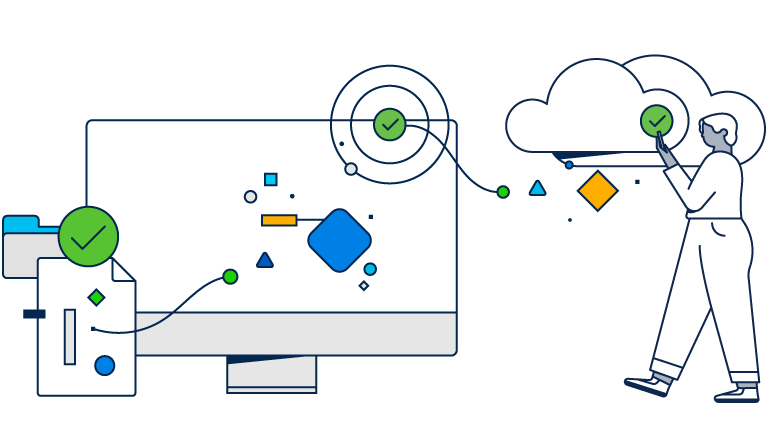What is cybersecurity all about?
Cybersecurity is the practice of protecting systems, networks, and programs from digital attacks. These cyberattacks are usually aimed at accessing, changing, or destroying sensitive information; extorting money from users through ransomware; or interrupting normal business processes.
Implementing effective cybersecurity measures is particularly challenging today because there are more devices than people, and attackers are becoming more innovative.
A successful cybersecurity posture has multiple layers of protection spread across the computers, networks, programs, or data that one intends to keep safe. In an organization, a unified threat management gateway system can automate integrations across products and accelerate key security operations functions: detection, investigation, and remediation. People, processes, and technology must all complement one another to create an effective defense from cyberattacks.
Take our free Introduction to Cybersecurity course
People
Users must understand and comply with basic data protection and privacy security principles like choosing strong passwords, being wary of attachments in email, and backing up data. Learn more about basic cybersecurity principles from these Top 10 Cyber Tips (PDF).
Processes
Organizations must have a framework for how they deal with both attempted and successful cyberattacks. One well-respected model, the NIST cybersecurity framework, can guide you. It explains how you can identify attacks, protect systems, detect and respond to threats, and recover from successful attacks.
Technology
Technology is essential to giving organizations and individuals the computer security tools needed to protect themselves from cyberattacks. Three main entities must be protected: endpoint devices like computers, smart devices, and routers; networks; and the cloud. Common technology used to protect these entities include next-generation firewalls, Domain Name System (DNS) filtering, malware protection, antivirus software, and email security solutions.
